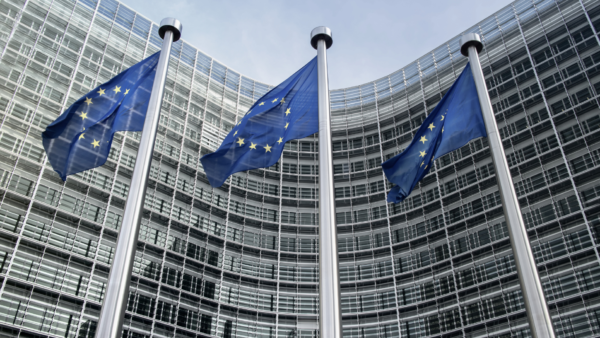
E-CMR – how the new regulations affect the organization of international transport
Table of contents
The electronic consignment note
The electronic waybill (eCMR) is a digital document in international transport, which from 2025 is to replace traditional paper waybills. It facilitates the exchange of documents between companies based in different European Union Member States. The use of the electronic CMR has been permitted in Poland since 2019, but due to unclear regulations and its optionality, few companies use it.
Find out more about: International waybill – what does it have to contain?
What is the eCMR used for?
The eCMR document outlines the conditions of a specific transport contract. It contains information about the place and time of loading and unloading as well as vehicle details. The electronic CMR is also a form of information exchange between the company ordering the transport and the carrier. It allows you to attach photo documentation and add your own comments. An electronic signature is used to validate the information contained in the eCMR.
eCMR versus CMR
CMR is the abbreviation for the international waybill and stands for Convention relative au contrat de transport international de marchandises par route. The traditional waybill is currently issued in three copies – for the sender, the carrier and the goods recipient. The main difference between the electronic CMR and the standard version is the form in which they are issued. The CMR is a paper document while the eCMR is fully electronic. Another difference is in the access to information. With the electronic waybill, each party to the transaction can follow updates on the shipment in real time. This streamlines the process of settling transport services, because the orderer does not have to wait for a copy of the paper CMR. The other significant difference is the form of document approval – the eCMR uses a secure electronic signature, while the international waybill requires a handwritten signature, signature printout or stamp.
Changes regarding the eCMR in 2023 – what to keep in mind
The European Union is working on formulating guidelines for paperless logistics, which are to be completed in August 2023. They will be introduced into the Polish legal system through a technical regulation on electronic data exchange platforms for transport. The e-FTI Regulation will most likely introduce certification for suppliers of electronic waybill systems, but at the moment there is no detailed information in this regard. Businesspeople and carriers should closely monitor changes in the law to properly prepare for the transition to the eCMR.
Advantages of electronic transport documentation
- Facilitates the exchange of documents between companies from different countries.
- Has a positive impact on the environment by reducing paper documents.
- Saves time – drivers do not have to fill out and sign the traditional CMR.
- Shorter waiting time to pay for the transport service – the electronic waybill allows the invoice to be issued immediately after the cargo is delivered.
- Access to information about the real-time status of the transport.
- Simplicity of archiving transport documentation.
- Shortened complaint procedure.
- Possibility to automate the generation of the electronic CMR through computer software.
How to generate an electronic CMR
An electronic waybill can be generated through a website or a dedicated mobile app. In the near future, current tools will be replaced by certified interoperable e-FTI platforms. This will mean a standardization of the form of information transfer between businesses and public administration. The CMR letter will be generated on the appropriate platform by filling in the required information and confirming it with an electronic signature.
The process of digitizing the transport industry is progressing with each passing year. The electronic CMR will replace the paper version in 2025, streamlining the administrative aspect of carrying out, ordering and accounting for road transport. Is your company ready for the changes ahead?



